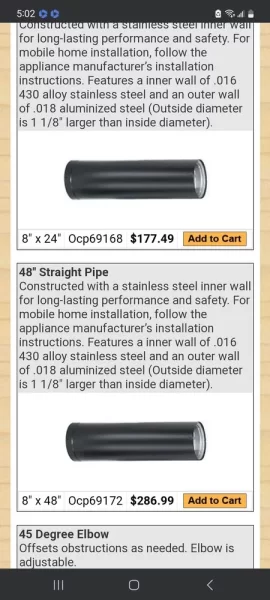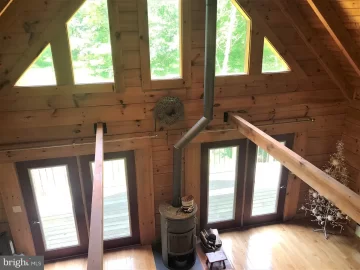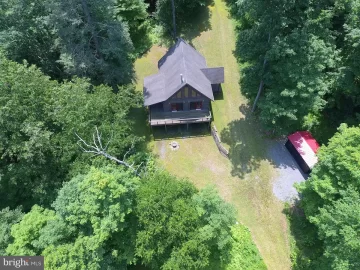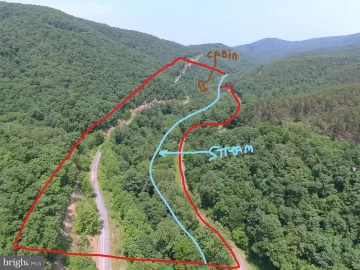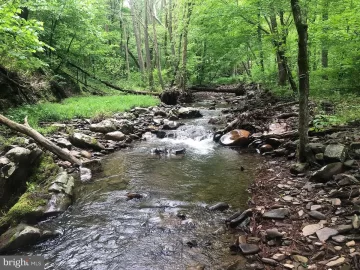I bought a smallish log home with an expensive Danish Woodstove. It's beautiful and works very well, but the pipe is 6 inch single wall. It's not flimsy, thin aluminum - it's hefty steel, but it's about 14 inches from the wooden logs of the wall, and about 8 inches from a beam up towards the ceiling. I bought the house as-is so I have no recourse, but overall I'm ecstatic about the home.
The length from the stove to the roof is about 20 feet. I'm worried about fire, but not necessarily code compliance. The log walls get very warm to the touch.
I can afford to replace the pipe, but prefer not to.
Are there effective ways that aren't butt ugly to insulate the pipe? I see tent stove fiberglass wraps - will they be a solution? Or can I craft something with 8 inch half-pipes so the pipe heat still radiates, but away from the wall?
Any suggestions welcomed.
The length from the stove to the roof is about 20 feet. I'm worried about fire, but not necessarily code compliance. The log walls get very warm to the touch.
I can afford to replace the pipe, but prefer not to.
Are there effective ways that aren't butt ugly to insulate the pipe? I see tent stove fiberglass wraps - will they be a solution? Or can I craft something with 8 inch half-pipes so the pipe heat still radiates, but away from the wall?
Any suggestions welcomed.


